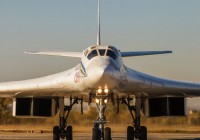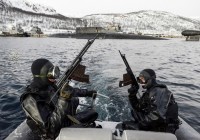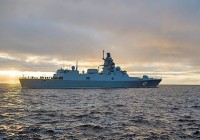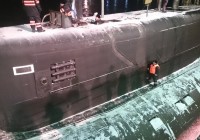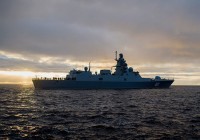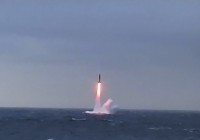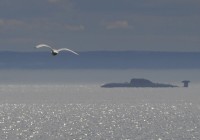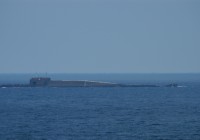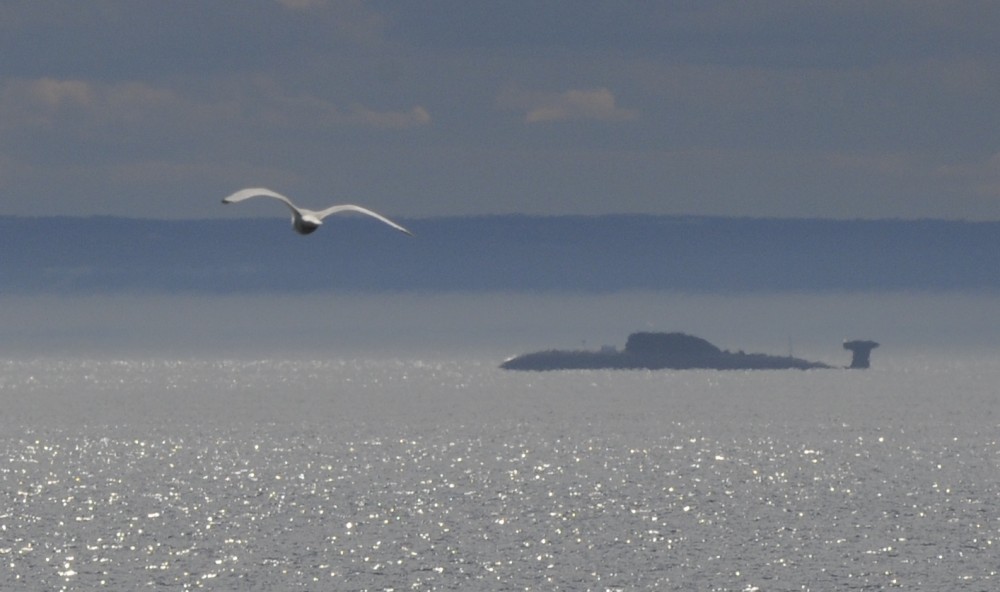
NATO: Russian submarine activity equals Cold War levels
ADVERTISEMENT
Vice-Admiral Clive Johnstone, Commander of NATO’s Maritime Command, says in an interview with IHS Jane’s that the Alliance sees “more activity from Russian submarines than we’ve seen since the days of the Cold War.
The patrols in the North Atlantic are carried out by nuclear powered submarines belonging to the Northern fleet based along the coast of the Kola Peninsula between Murmansk and Russia’s border to Norway.
Submarines“ sailing routes and activities are surrounded by a lot of secrecy and lfew facts are publicly available on the number of patrols or where the vessels go. The Barents- and Norwegian Seas are of most importance for submarines en route to the North-Atlantic or the Arctic Ocean.
Vice-Admiral Johnstone says the Russian submarines have also made a major jump in technical capability.
As previously reported by the Independent Barents Observer, a strategic submarine of the Borei-class last fall made the longest voyage in post-Soviet time, when hiding under the Arctic ice-cap for two months before returning to its homeport of Gadzhiyevo. In addition to deliveries of two new classes of 4th-generation submarines, the Borei- and Yasen-classes, the Russian Northern fleet has also got upgraded nearly all of its Delta-IV class ballistic missile submarines. Also several of the Akula-, Oscar- and Sierra-class submarines built in the 90ies are upgraded over the last decade with new navigation systems and weapons on board.
To Jane’s, the NATO Commander says Russia “through an extraordinary investment path not mirrored by the West” has made “technology leaps that are remarkable.” He says NATO has seen a rise in professionalism and ability to operate the vessels not seen before.
“That is a concern,” the Vice-Admiral says adding; “I think none of that would worry us if we knew what the game plans were or we knew why they were deploying or what they are doing.”
ADVERTISEMENT
For NATO-member Norway, the focus on the new security situation in Europe is increasing. In an article for “Norges Forsvar”, Defense Minister Ine Eriksen Søreide expresses concerns about Russia’s “aggression against Ukraine, violating the basic premise of relations between states in Europe.»
“We must accept that many of the expectations we had about how the world would evolve have not, alas, come to pass. Just outside NATO’s territory we face major challenges that could have direct consequences for Norwegian and allied security,” Ine Eriksen Søreide writes.
She points to the northern maritime flanks, where Norway together with key allies are increasing their involvement. Later in February, the exercise Cold Respons 2016 starts in the areas north of Trondheim in Norway. Forces from 13 nations will participate with in total 15,000 soldiers. In addition to NATO-member states, also Finland and Sweden will participate in the exercise.
Norway increased its defense budget for 2016 by 9.4 percent.
“That accommodates more presence in the High North and a higher activity level for our submarines, Orion maritime patrol aircraft and the Coast Guard,” Minister Eriksen Søreide argues.
For NATO’s Maritime Commander Vice-Admiral Clive Johnstone, Russia’s increased submarine activities raise a big question mark.
“We don’t understand what the strategic and operational objectives are of the Russian State,” he says in the interview with IHS Jane’s, adding: “a lot of what the Russians are doing at the moment we don’t understand, and is obscure and is shrouded in other activity which makes us nervous, and makes nations nervous.”



